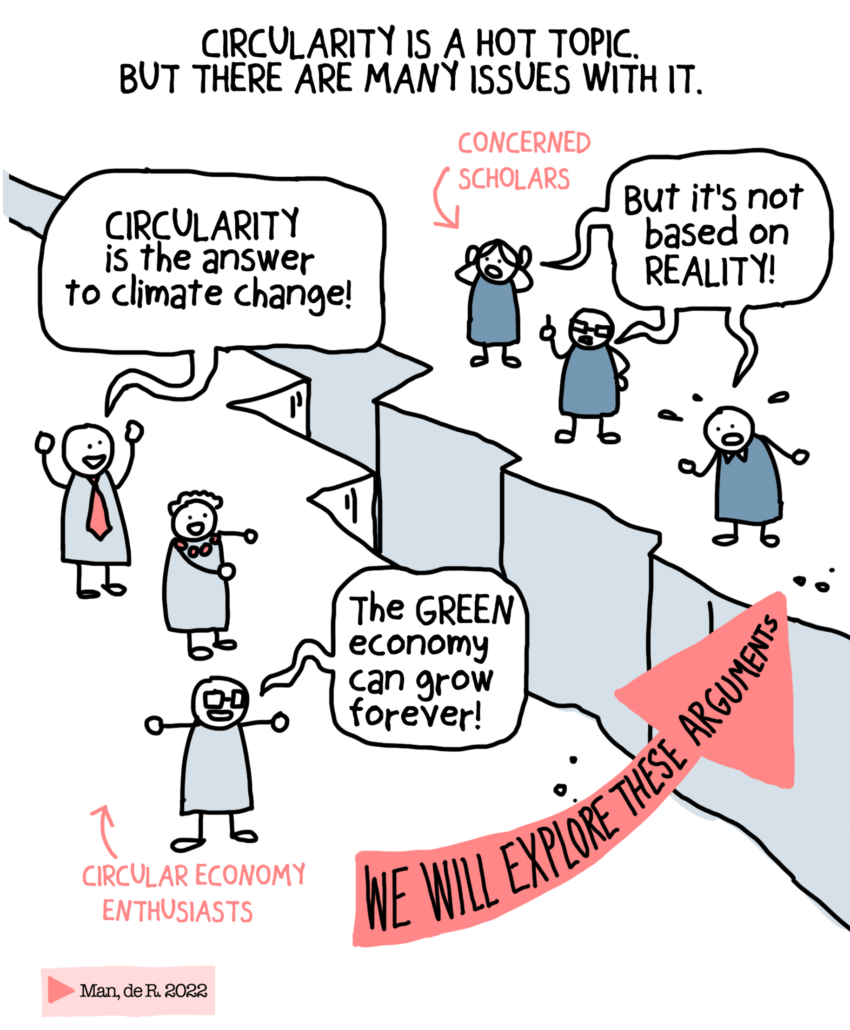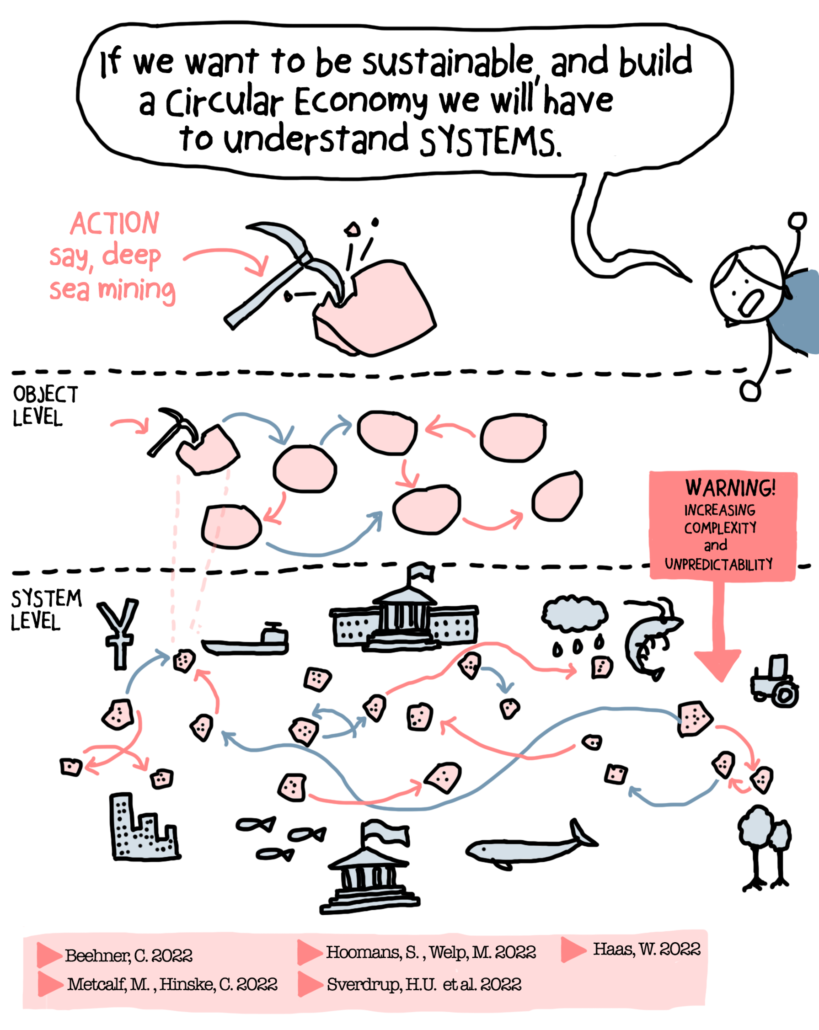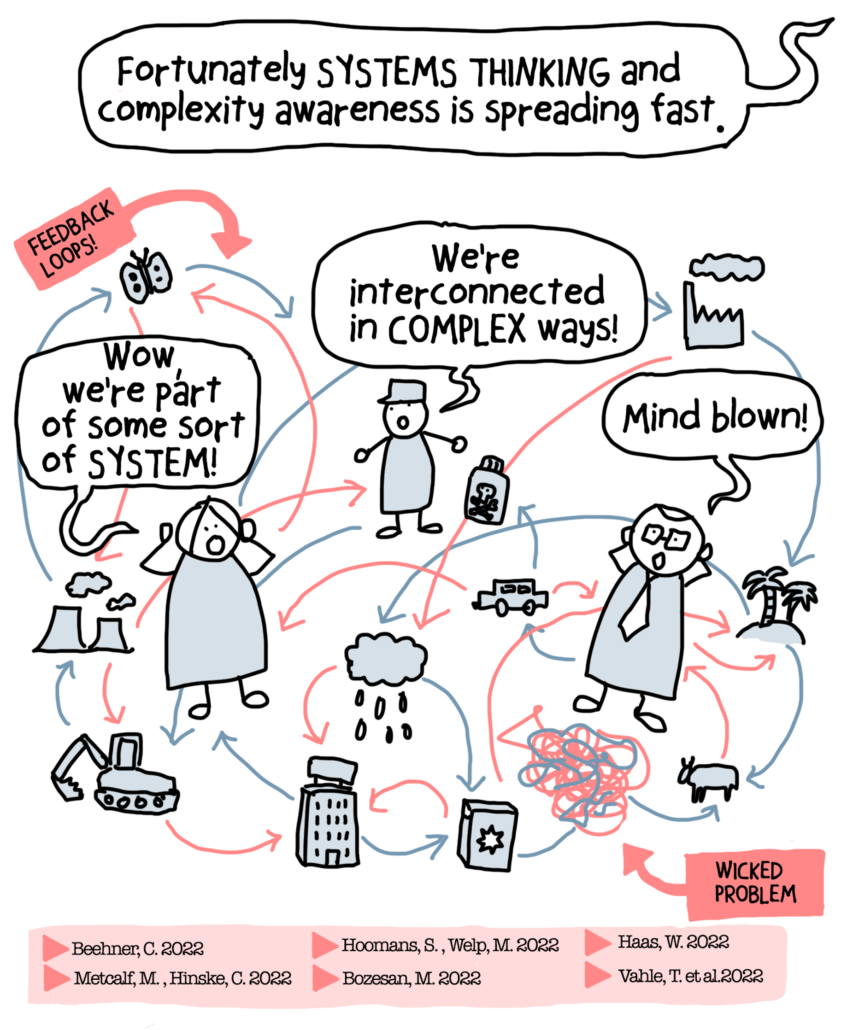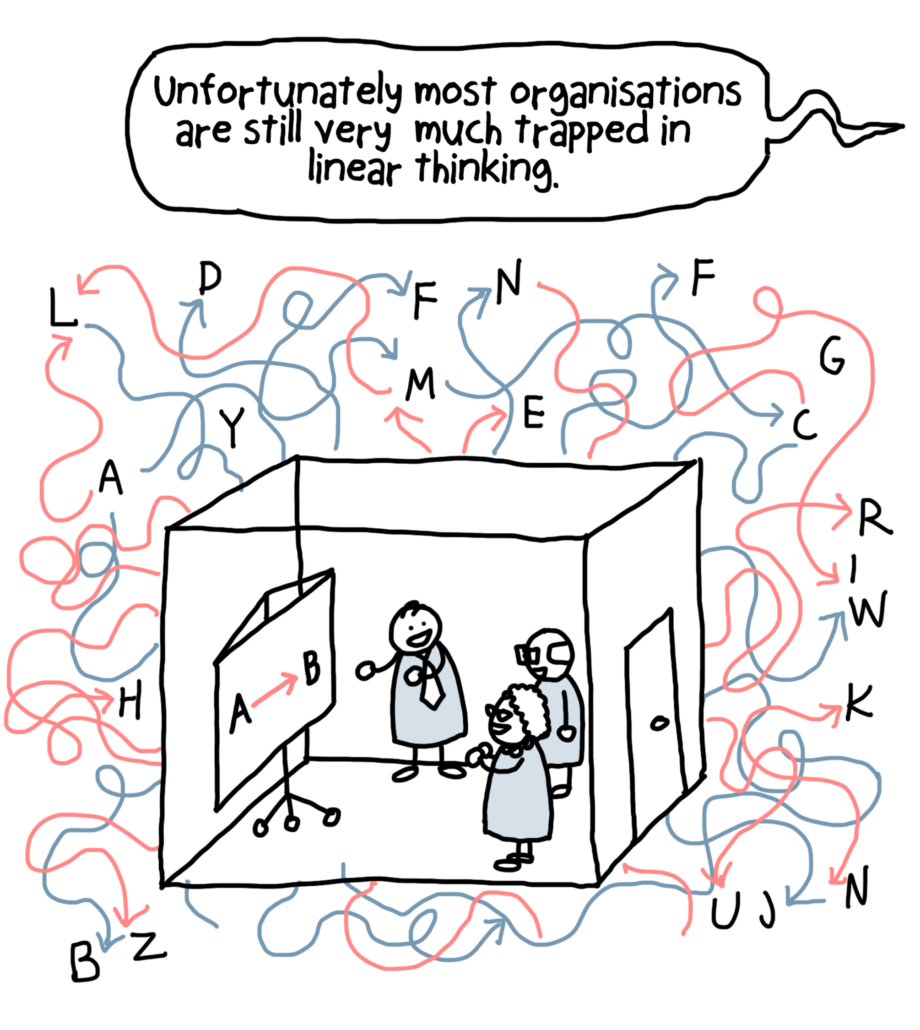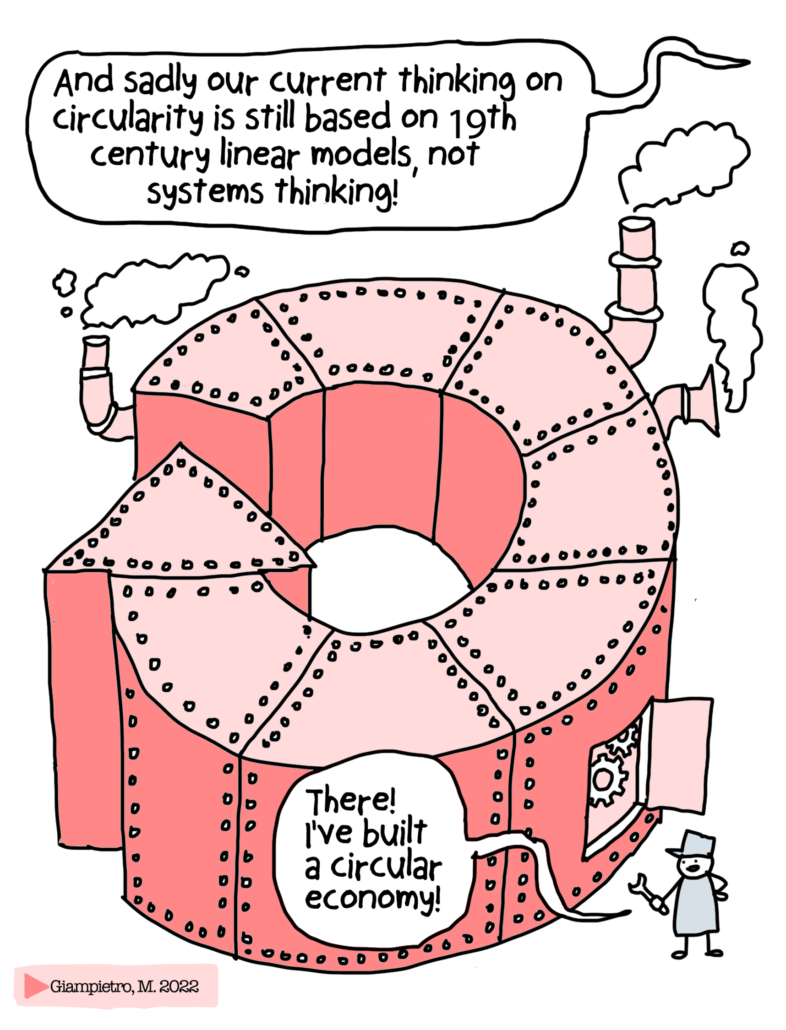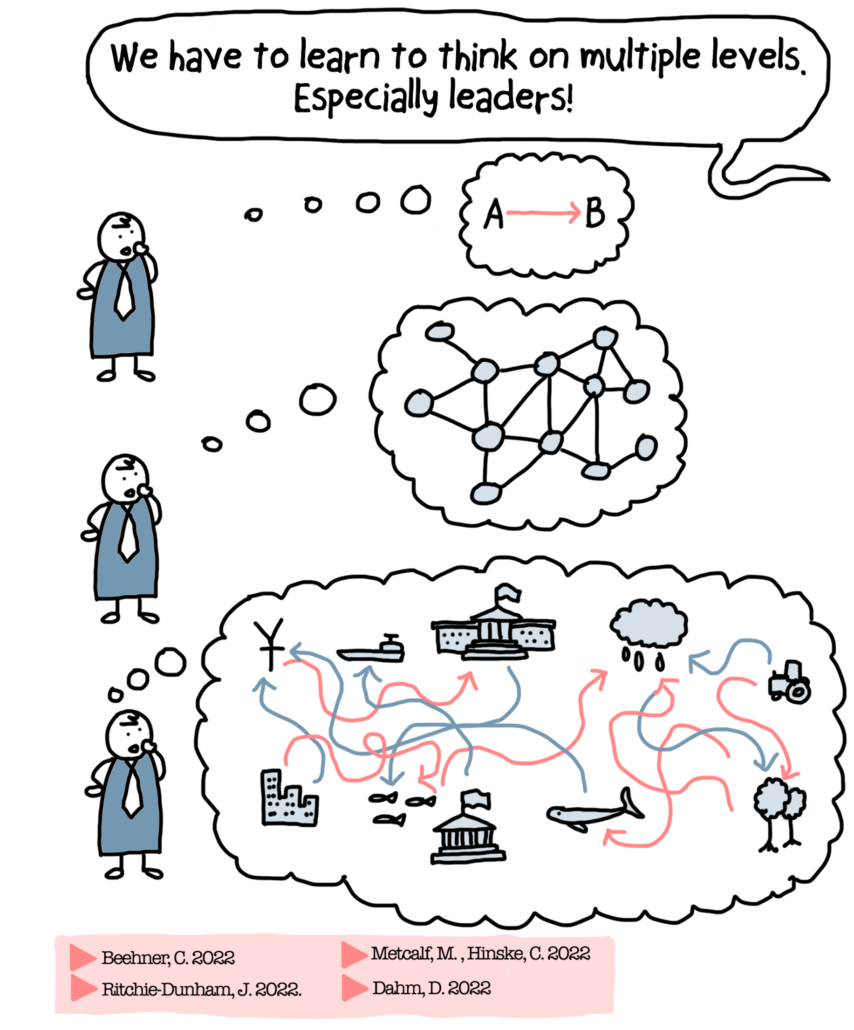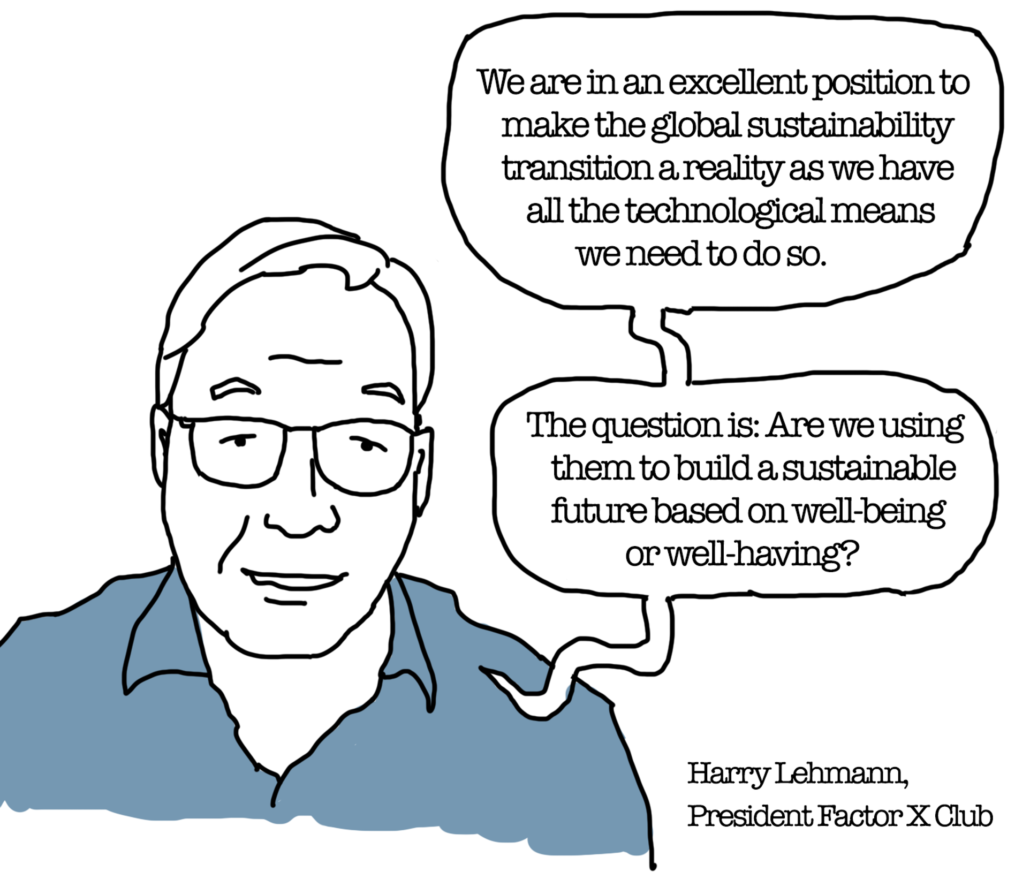“Women’s leadership means doing what needs to be done without waiting to ask for permission.”
-Diane L. Rosenfeld
This was a quote of mine in Closing the Leadership Gap: Why Women Can and Must Help Run the World by Marie C. Wilson, President of the Ms. Foundation.
In my recently published book The Bonobo Sisterhood: Revolution Through Female Alliance, (HarperCollins, 2022) I make the case for women and girls to learn self-defense and to defend one another, like the our evolutionary cousins the bonobos do. It is the first book to apply the bonobo model of behavior to humans, and it is essentially a hopeful book that invites us to step outside of patriarchy and to create a more peaceful, harmonious social order.
I was invited to the International Leadership Association Conference through my close friend and colleague, Betsy Myers. She moderated a plenary panel on women’s wisdom on which I was honored to sit. The panel turned out to be an example of the power of female alliances; and hopefully we inspired the audience to explore the book to inform their own leadership initiatives, whatever those may be. At the conference, I had the chance to sit down with Maureen Metcalf and talk at length about the ideas in the book.
Having just returned from a two-week stint teaching in Italy, I am now vividly aware of how truly international The Bonobo Sisterhood is and will be. Below is the introduction. I hope you enjoy it, and I hope it leads you to reading the book. Feel free to contact me with your thoughts. I look forward to hearing from you!
Excerpt from the introduction of The Bonobo Sisterhood: Revolution Through Female Alliance, (HarperCollins, 2022):
Bonobos are living proof that patriarchy is not inevitable.
Our most closely related evolutionary cousins, the bonobos, are peaceful, loving, food sharing, freely sexual, and xenophilic, meaning they love strangers, they do not fear them. Why? Be cause in their female-led social order, they have nothing to fear.
Here’s how it works: If a female bonobo is aggressed upon, she lets out a special cry, and other females-whether they know her, like her, or are related to her-rush immediately to her defense from wherever they are. They form coalitions instantaneously with remarkable speed. Together they fend off the aggressive male, biting his ear or toe, and send him into isolation. When he returns, in a few days or later, they all reconcile, and he does not aggress again. And here is the most significant takeaway: evolutionarily, bonobos have eliminated male sexual coercion.
This model of collective self-defense changes everything.
I first learned about bonobos from Richard Wrangham, a Harvard University anthropologist, when we were on a panel together in 2004. He explained that primates use male sexual coercion to control females as reproductive resources. For example, male chimpanzees batter fertile females; male orangutans force copulation with lone females; male silverback gorillas commit infanticide, abduct the infant’s mother, impregnate her, and add her to their harem. We humans hear about this violence and consider how brutal nature is, but we don’t question its logic because it fits with our expectation of male behavior. We think of male violence as our legacy, our evolutionary destiny. Bonobos invite us to think again. It might be that bonobos prevented patriarchy from ever taking hold. They might represent a “pre-patriarchal” social order that stopped violence from becoming the organizing principle of society. And it produced instead a harmonious, peaceful, cooperative, and joyful community. This book contends that such a society is not only possible, it is proven by the existence of the bonobos. Bonobos look very similar to chimpanzees, so much so that they were not recognized as a separate species until 1929. They are found only in the Democratic Republic of the Congo and are less studied and less well known than chimpanzees. Nevertheless, the fascinating and developing body of work being done around bonobos reveals possibilities for peaceful coexistence between males and females that we might never have thought possible.
To say I was riveted while learning about our bonobo cousins would be a wild understatement. At that point in my career, I had spent more than a decade as an activist legal scholar and lawyer searching for ways to end male sexual violence. I had tried to do this through asking audacious questions to expose the underlying inequalities of our legal system and social order: “Why Doesn’t He Leave?,” for example, became the title of my master’s thesis at Harvard Law School challenging the deeply flawed societal expectation that sending women to battered women’s shelters is an acceptable approach to domestic violence. But my new insights into bonobos opened a whole new world of possibilities to eliminate male sexual coercion and with is the underpinnings that cause, support, and perpetuate patriarchal violence.
Patriarchal violence is the term I use to describe the amount and type of male coercion necessary to preserve a male-dominated social order.
Richard and I were mutually compelled by our respective fields, so we created and cotaught a course on theories of sexual coercion to more fully explore the potential of bonobos to inform human law and society. Teaching this class with Richard gave me the opportunity to test the hypotheses about the power and potential of female alliances to change the world. The book you are now reading is the result of that inquiry.
That the idea of female alliance was born of a collaboration with a male colleague is not ironic – though at first glance it might appear to be. Female alliances don’t exclude males; quite the opposite. And we will see more of how and why in the coming pages, where I invite everyone to join in new coalitionary forces to thwart, once and for all, the power of violence to shape the world. I call these alliances the Bonobo Sisterhood. This sisterhood excludes no one, and all are welcome as long as they abide by the Bonobo Principle. It is a two-part principle, and if you agree with it, you are part of the Bonobo Sisterhood.
The first part, No one has the right to pimp my sister. With pimp I include any form of patriarchal violence from gaslighting to economic, emotional, physical, sexual, and psychological abuse.
The second part: Everyone is my sister.
For now, though, we have to start where we are, in a world saturated with patriarchal violence.
Every day in the United States, three to four women are killed by their estranged husbands or boyfriends. Black women are at a 40 percent higher risk of being killed. LGBTQ people experience intimate partner violence at rates comparable to and even higher than their heterosexual counterparts.
The National Network to End Domestic Violence (NNEDV) conducts a day-long survey once a year to offer a snapshot of domestic violence in the United States. Here’s the snapshot from a single day in 2019: Because of domestic abuse and the threat of domestic homicide, almost 43,000 women and children were refugees from their own homes. They were running for their lives, forced to seek emergency shelter, forced to go into hiding. They were escaping from domestic terrorists who had been holding them hostage with threats and violence. That same day, more than 11,000 requests for shelter services went unmet, and 7,732 of those were for domestic terrorism refugees. Perhaps if we recognized them as refugees, we could see domestic violence as a crisis.
This violence is the backdrop of our everyday lives. Part of why we view patriarchal violence as inevitable is that until now, we have not had a proven way to eliminate it. We’re taught to rely on laws or law enforcement to protect us. But the moment we delegate our safety to someone else, we give up our power to them. Bonobos show us that uniting with other females and allies, coming physically to one another’s defense in numbers, will shut down aggression. We have a way out.
The anthropologist Amy Parish, a leading expert in bonobo studies, has said, “Bonobo females live the goals of the human feminist movement: behave with unrelated females as if they are your sisters.”
And everyone is your sister.
This approach excludes no one. It includes everyone.
The Bonobo Sisterhood is the missing piece that changes everything. And it’s possible that in a butterfly politics sense, Ashley Judd is the bridge that connects it all. When she courageously came forward publicly against Hollywood producer Harvey Weinstein, she reignited the #MeToo movement. Women from all over the world came forth with their own experiences, showing the extent of the problem, and uniting survivors around the world. The Women’s Marches, the largest in history, showed our willingness to protest this untenable situation. What was lacking was a solution, and that’s what this book proposes: a collective self-defense to protect ourselves and our sisters. This would be unlike anything that has been tried or conceived of to date, at least on a large scale. And it is something we can begin to create tomorrow.
The energy of the Bonobo Sisterhood is palpable, tangible. I had the wonderful opportunity of giving a keynote speech at the Omega Institute for Holistic Studies in upstate New York. The night before my talk, my Bonobo Sisters and I went out to an Italian restaurant. The women knew one another only through me and had only just met the day before. You would never know that from the intense, ecstatic, joyous, hilarious bonobo bonding that took place at that dinner. We were all supercharged by the excitement of having a new theory of life; a new way to confront the status quo and make it so much better. Everything I learn about bonobos gives me hope, as humans with the capacity for sophisticated language, morality, law, and the ability to articulate rights backed by a collective self-defense. We can choose to be bonobo. We choose love over fear; abundance over scarcity; peace over war; sexual choice and freedom over coercion.
As we embark on this journey, please know that I am coming from a place of inclusion, love, and respect. The frame of patriarchal violence is premised on male supremacy over females. All our gender relationships take place against this background; and all will change when that changes. The Bonobo Sisterhood gives us the framework for comprehensive gender inclusion. And our new lens on equality among women allows us to transcend racial, ethnic, class, geographic, and other divisions. Through this change in focus, we consciously choose to be bonobo; to share in our abundance in creating a new social order.
I offer you this book with the hope that the bonobos light up your inner power to change the world.
Welcome to the Bonobo Sisterhood. Let’s begin.

